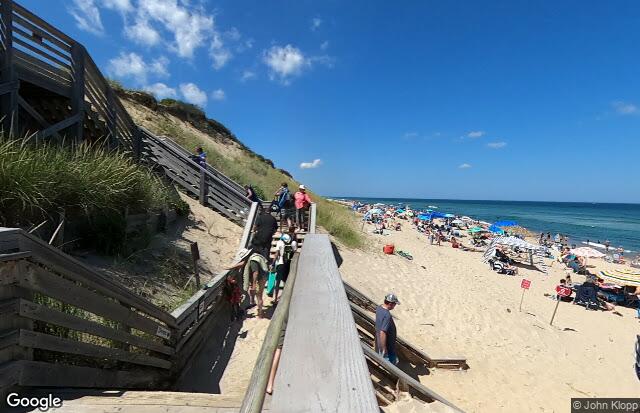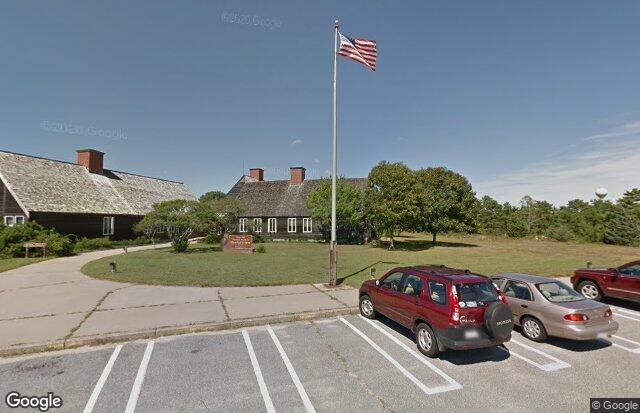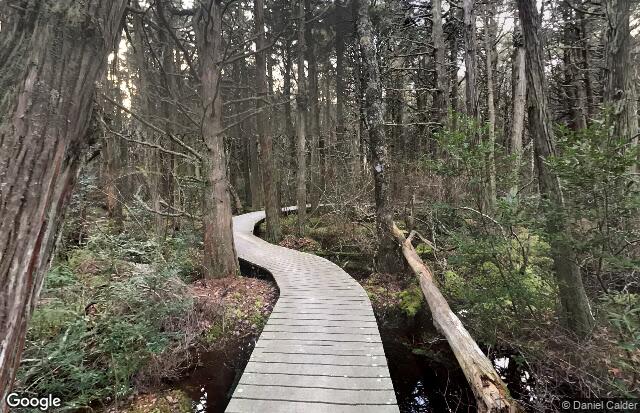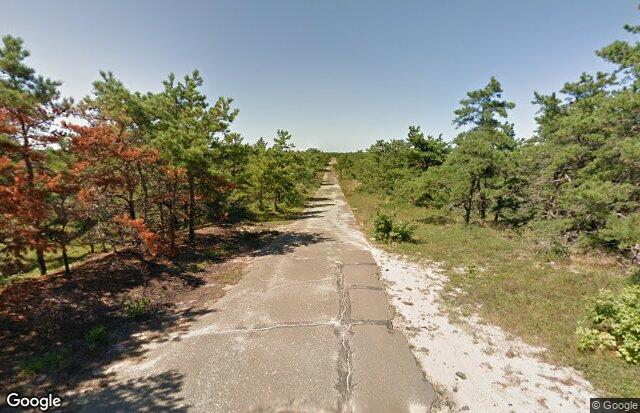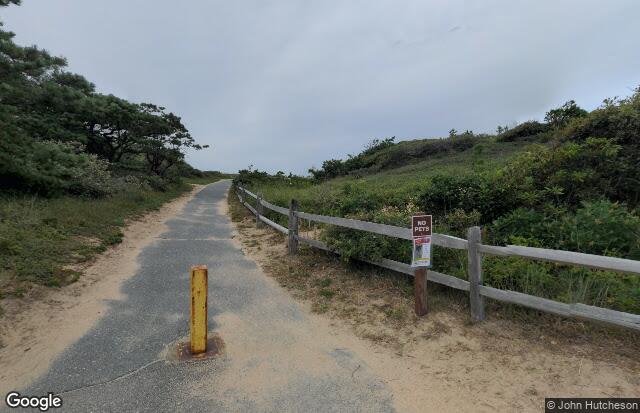
Marconi Station
Tips for Birding
When submitting eBird observations at Marconi Station, it is most helpful to start a new checklist for each hotspot in the area. Use the general hotspot when you have a checklist that includes multiple locations or if no other hotspot or personal location is appropriate for your sightings.
About this Location
The Marconi Area obtained its name from the famous Italian inventor, Marconi. From a site here, Marconi completed the first transatlantic wireless communication between the U.S. and England in 1903.
Here, the outer beach is famous for its then steep, forty-foot sand cliff (or scarp) located behind it.
Swimmers and beach walkers feel a sense of solitude here because the scarp and ocean provide an unbroken, pristine natural scene in all directions.
The uplands above the beach slope gradually westward, and provide a graceful vista of both the bay and sea horizons of this portion of the Cape.
A platform above the Marconi station site enhances this view and offers vistas southward to Eastham, and northward to Truro.
The Marconi operation at this location was initiated by the young inventor in 1901. However, in December of that year, due to several setbacks, he had to use temporary facilities in St. John’s, Newfoundland to prove his theory, that wireless could cross the Atlantic! Meanwhile, a new station was built in Nova Scotia while repairs were being made to the Wellfleet station, and the first two-way, transatlantic wireless message was made at Glace Bay, Nova Scotia, on December 17, 1902. Not long after, the Wellfleet Station was ready, and on January 18, 1903, Marconi staged another world’s first (and a bit of a media event) by successfully transmitting messages between the president of the United States and the king of England. With rapid advances in technology, the station became outdated in a matter of a few years and was replaced by a newer station in Chatham, Massachusetts.
Marconi chose this site because of the barrenness of this elevated tableland overlooking the ocean. The government chose the area for similar reasons during World War II and established Camp Wellfleet at this site to serve as an artillery training facility. The military camp eventually outlived its need, and the property was transferred to the National Park Service with the creation of Cape Cod National Seashore. The park’s administrative headquarters was located here in 1965. The award-winning Atlantic White Cedar Swamp Trail, so designated by James Watt, former Secretary of the U.S. Department of Interior, is located here, providing a cross-section look at much of the Cape’s upland vegetative communities.
Content from Official Website and Marconi Beach webpage
Last updated March 12, 2024
